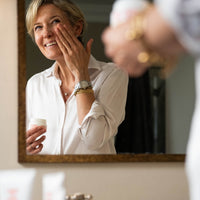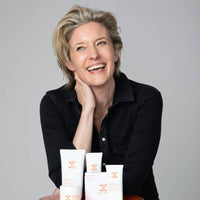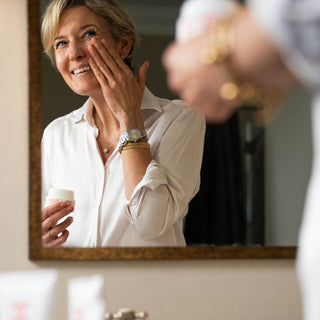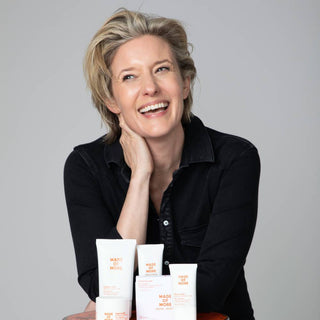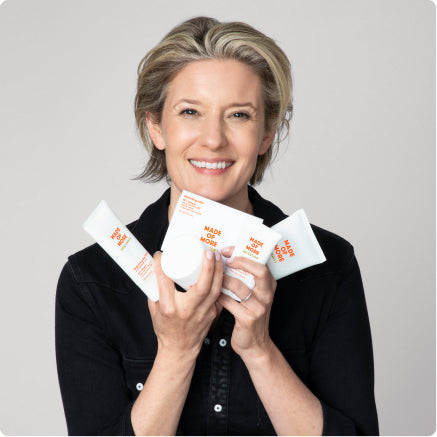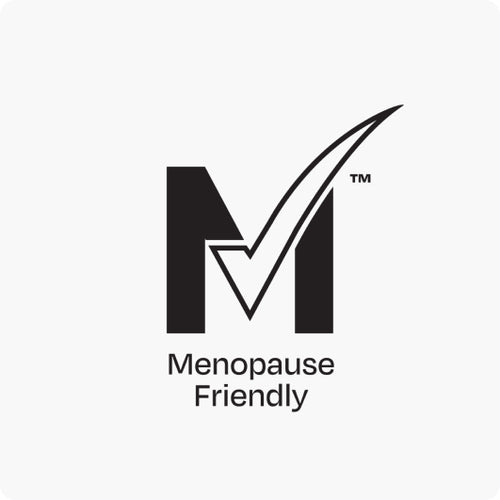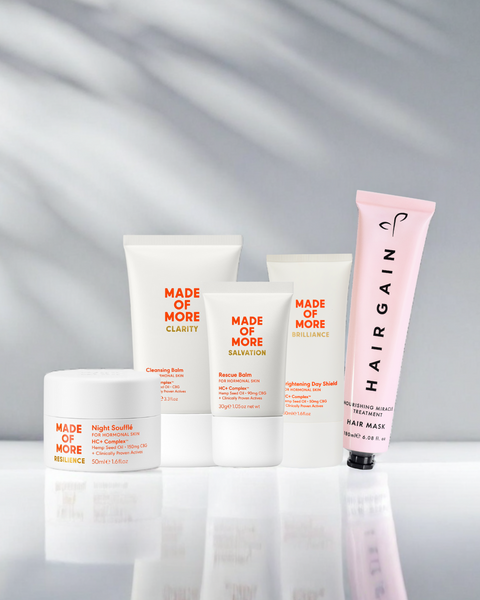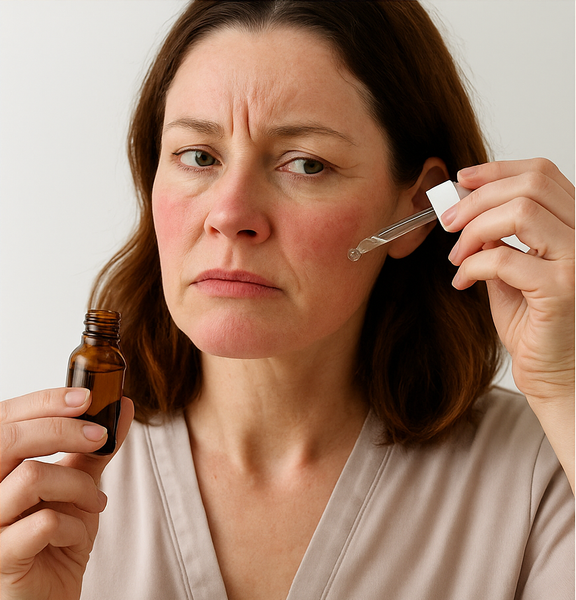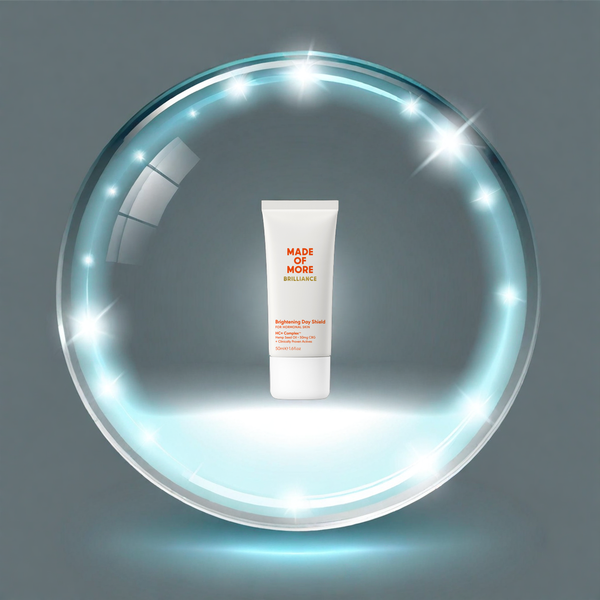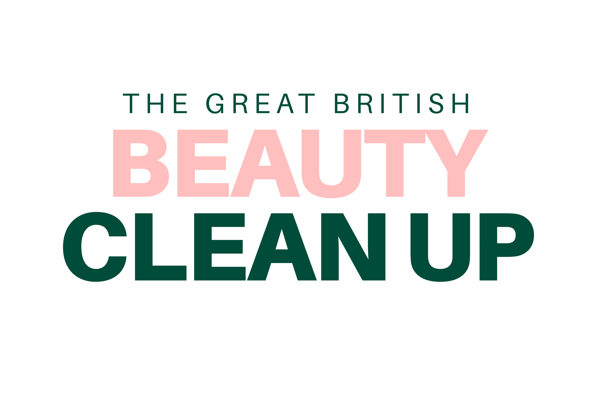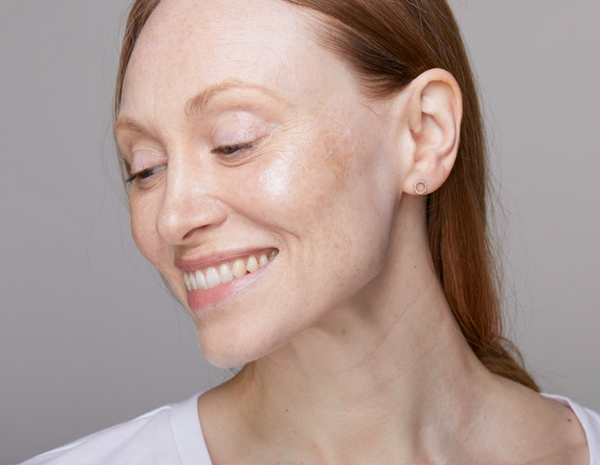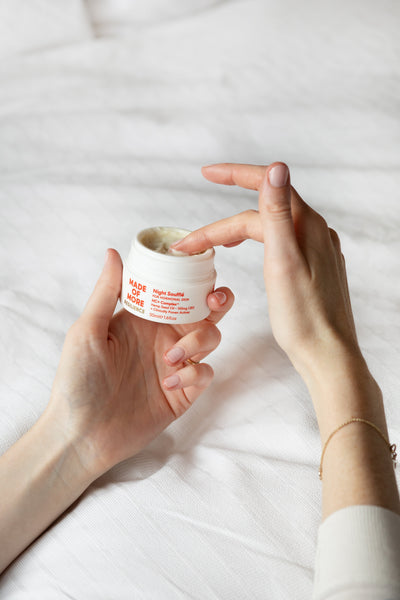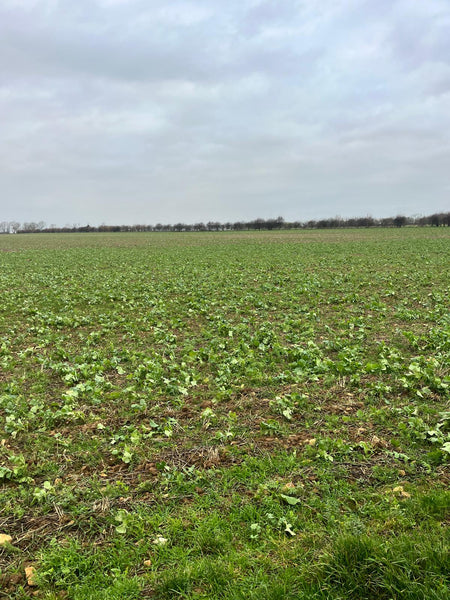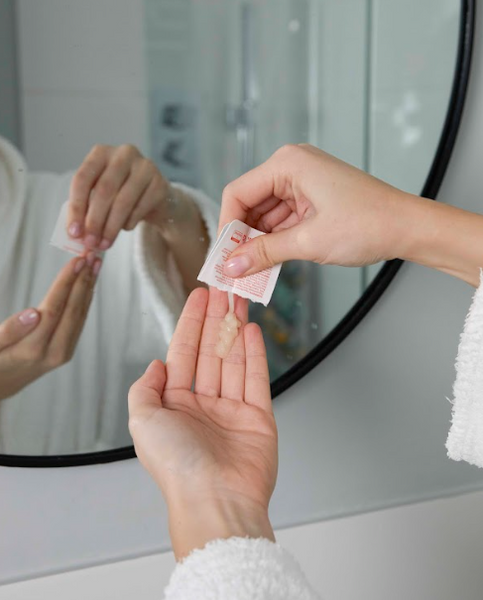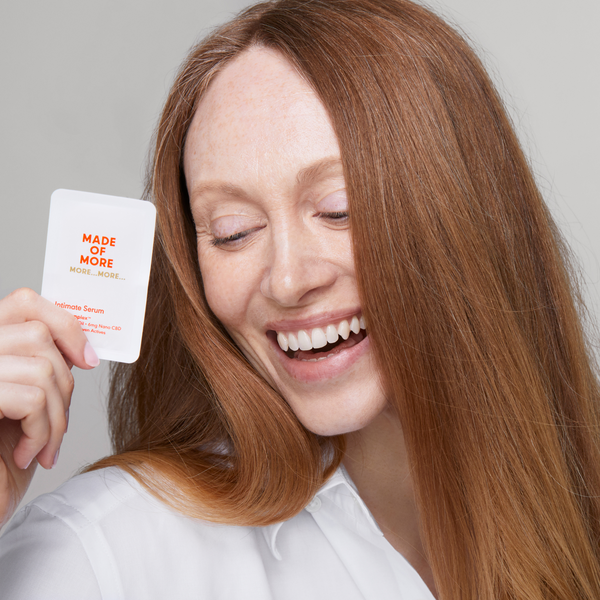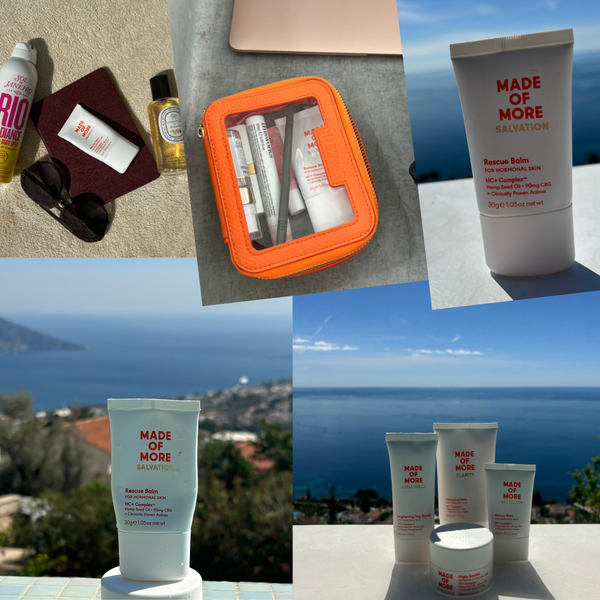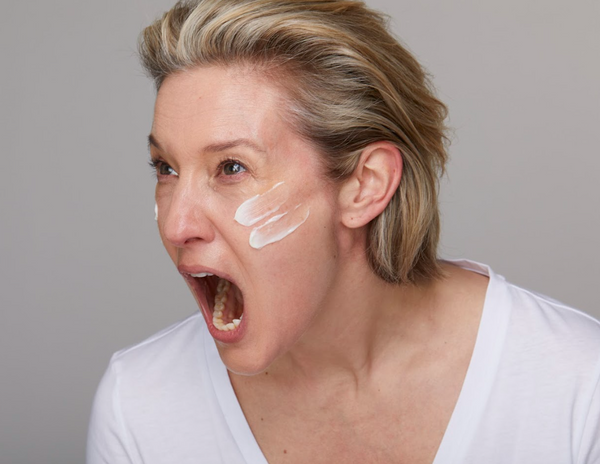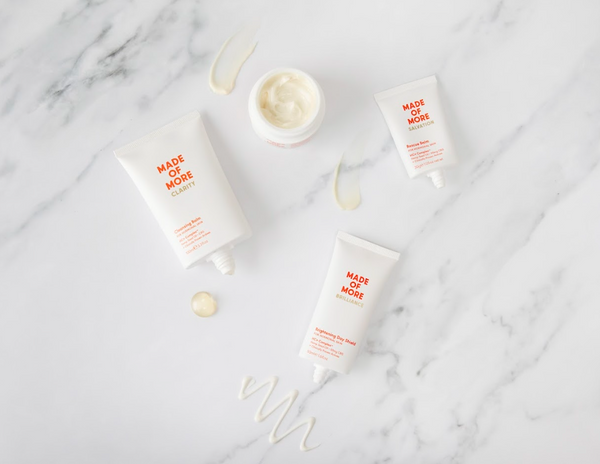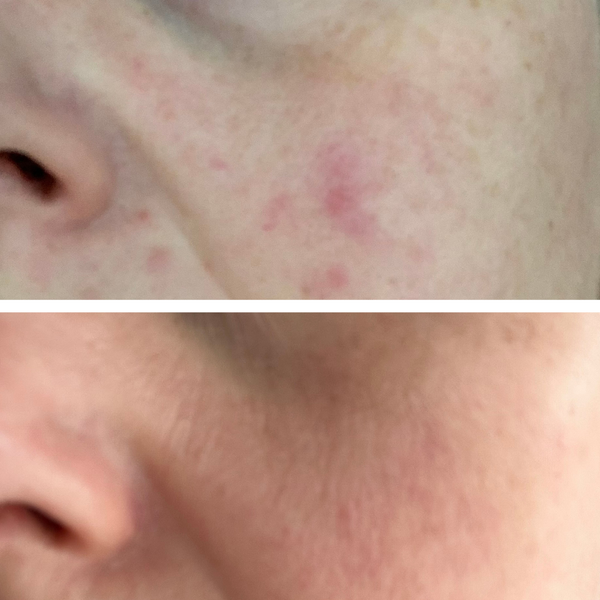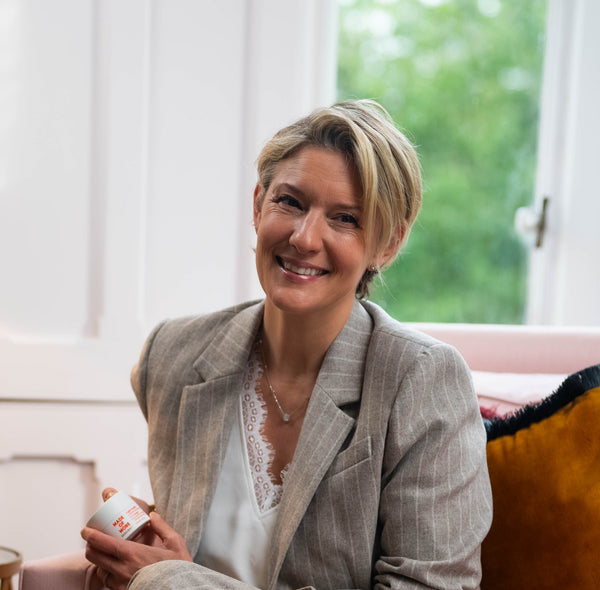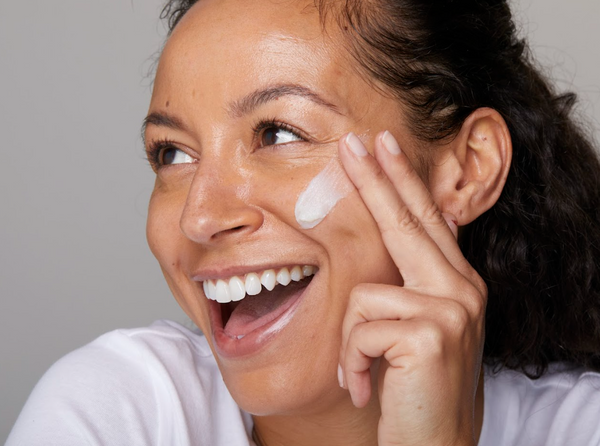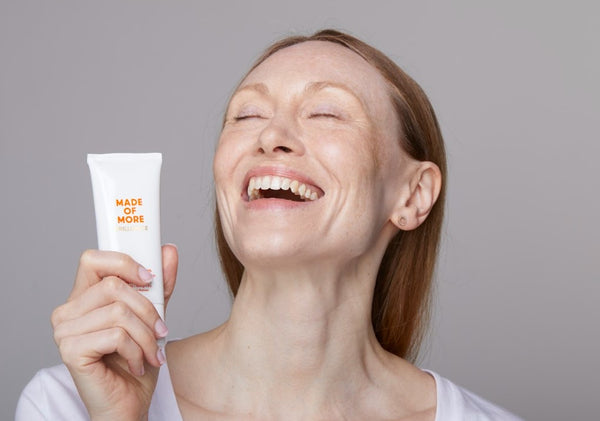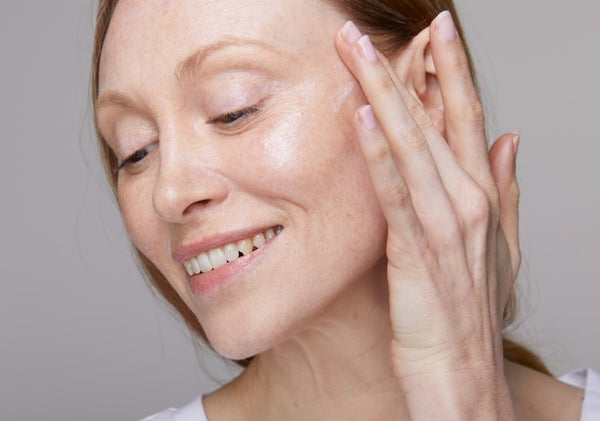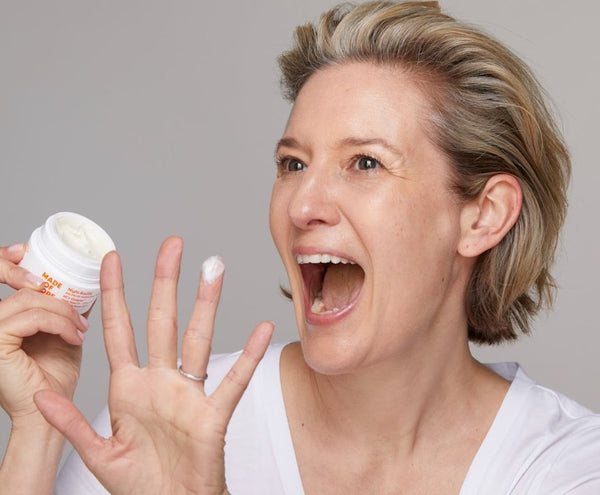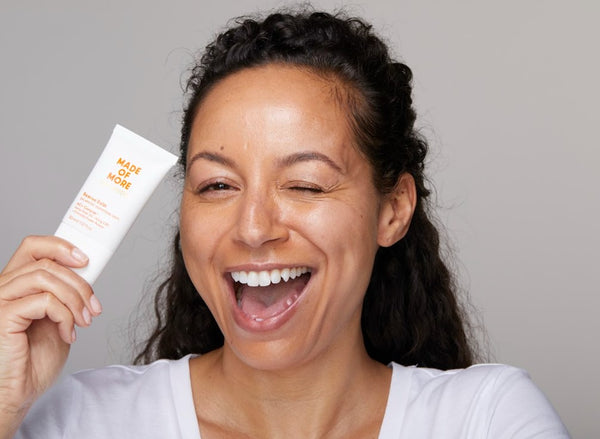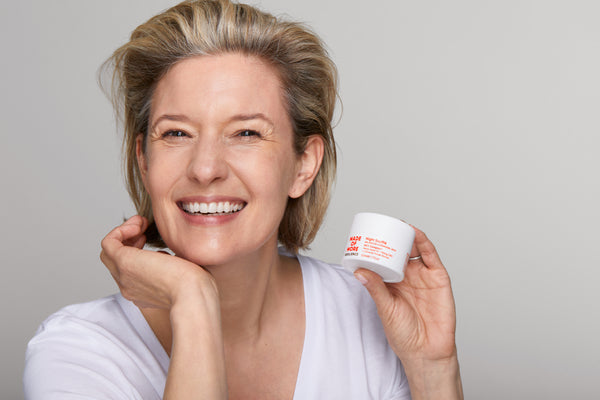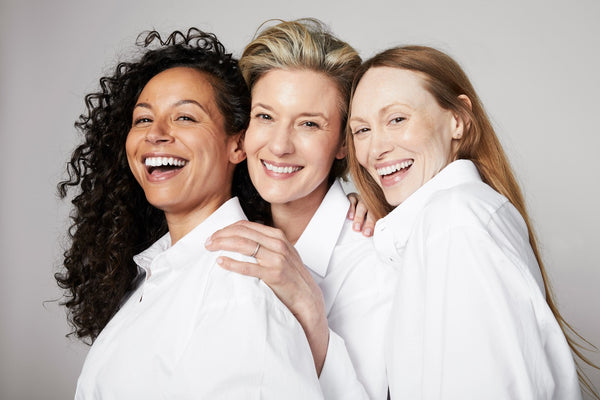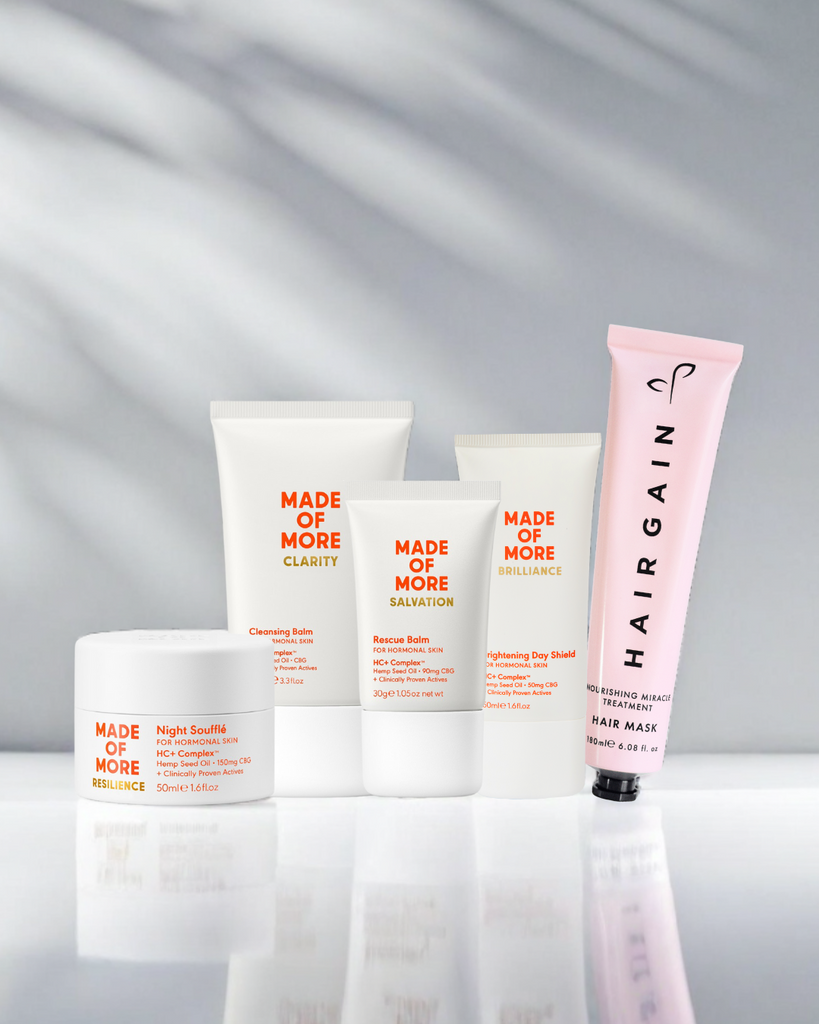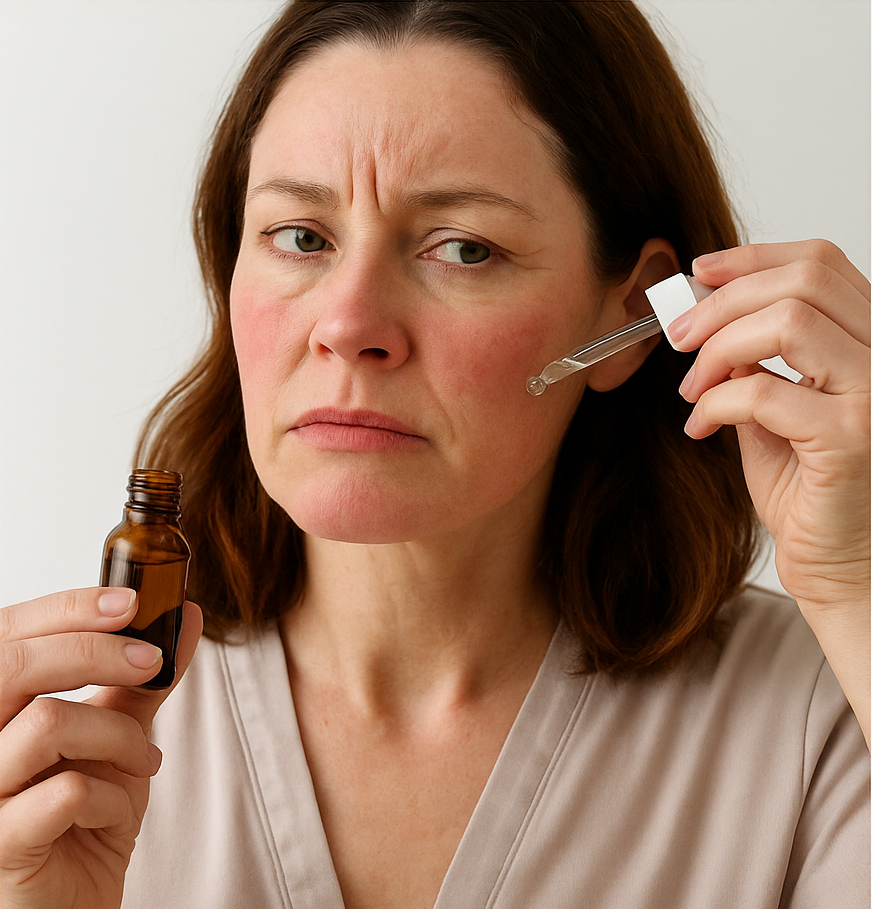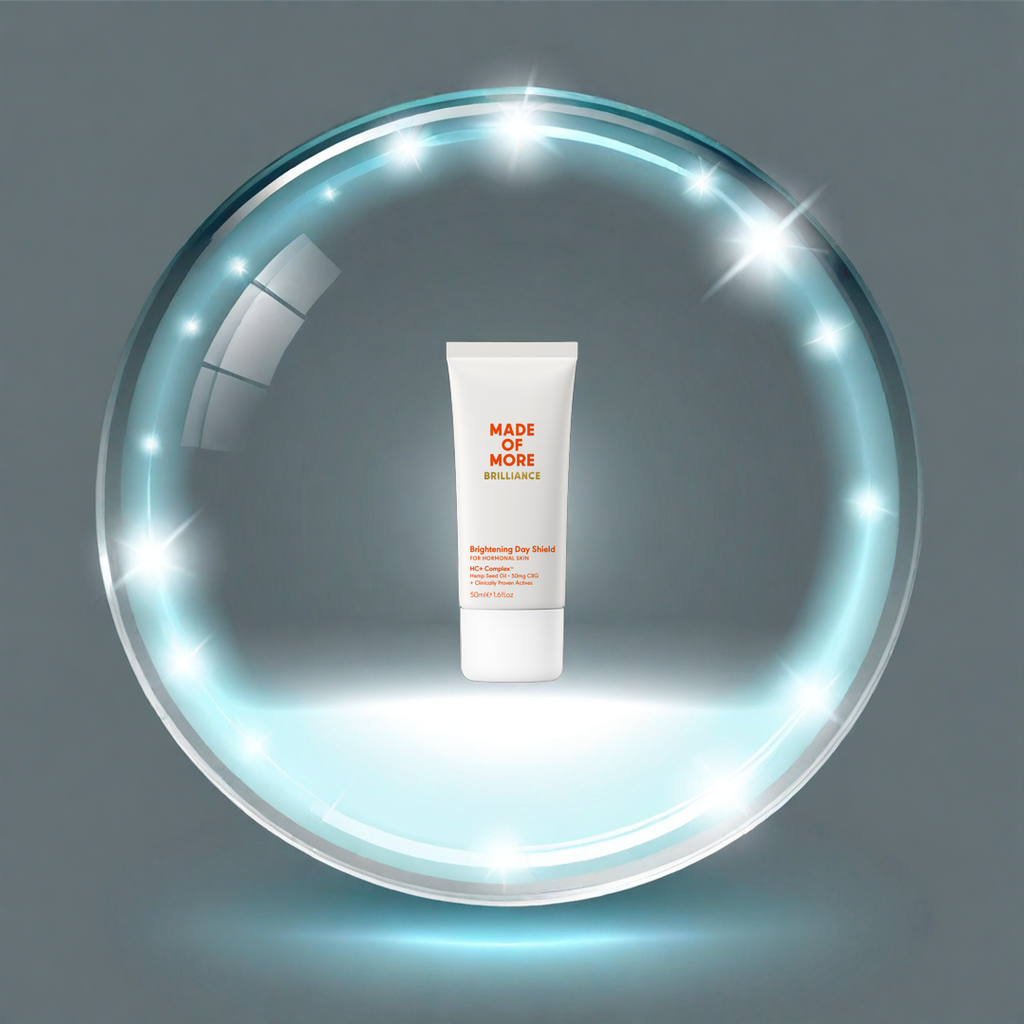The vulval and vaginal microbiome refers to the community of microorganisms that
naturally inhabit the vulva (the external part of the female genitalia) and the vagina (the
internal canal that leads to the cervix). These microbiomes play an essential role in
maintaining the health and balance of the vaginal environment.
Key Points about the Vulval and Vaginal Microbiome:
1. Dominance of Lactobacilli:
o In a healthy vaginal microbiome, Lactobacilli (a type of beneficial bacteria) are typically the dominant microorganisms. They help maintain an acidic environment by producing lactic acid, which helps prevent the overgrowth of harmful bacteria and pathogens. The acidity (low pH) of the vagina is a critical defence mechanism against infections like yeast infections, bacterial vaginosis, and sexually transmitted infections (STIs).
Note: Lactobacilli is the plural form of Lactobacillus, referring to multiple species or strains of bacteria from the Lactobacillus genus. Essentially, Lactobacilli is used when discussing more than one type of Lactobacillus bacterium.
2. Balance is Key:
o A healthy vaginal microbiome is in balance, where beneficial bacteria (like Lactobacilli) outnumber harmful microorganisms. When this balance is disrupted, it can lead to dysbiosis, a state where harmful bacteria or fungi overgrow and lead to various health issues, such as infections, irritation, and an increased risk of diseases.
3. Factors Influencing the Vulval and Vaginal Microbiome:
o Hormones: Estrogen, the primary female sex hormone, plays a significant role in maintaining the health of the vaginal microbiome. Higher estrogen levels (e.g., during the reproductive years) support the growth of Lactobacilli, while lower estrogen levels (e.g., during menopause) can lead to changes in the microbiome, sometimes causing less beneficial bacteria to grow.
o Antibiotics: Overuse of antibiotics can disrupt the vaginal microbiome by killing off beneficial bacteria, which may allow harmful microbes to proliferate.
o Sexual Activity: Sexual activity can introduce new bacteria into the vagina, which may temporarily change the microbial environment. A healthy microbiome can usually restore its balance, but frequent changes can contribute to imbalances.
o Hygiene Products: Using scented soaps, douches, or harsh cleansers can disrupt the delicate balance of the vaginal microbiome by altering its pH or removing beneficial bacteria.
o Diet: A diet rich in fiber, probiotics, and fermented foods may help support a healthy microbiome, while diets high in sugar or processed foods could contribute to imbalance.
4. Functions of the Vulval and Vaginal Microbiome:
o Protection Against Infections: A healthy vaginal microbiome helps prevent infections by keeping harmful bacteria and pathogens in check.
o Immune System Support: The microbiome helps modulate the local immune system, protecting against both external invaders and maintaining a healthy internal environment.
5. Disruptions and Health Issues:
o Bacterial Vaginosis (BV): This condition occurs when there is an imbalance in the vaginal microbiome, leading to an overgrowth of harmful bacteria and a decrease in Lactobacilli. BV can cause symptoms like unusual discharge, odor, and irritation.
o Yeast Infections: An overgrowth of Candida, a type of fungus, can occur if the microbiome is disrupted, often leading to itching, soreness, and abnormal discharge.
o Menopause and Hormonal Changes: During menopause, the decline in estrogen levels can lead to a decrease in Lactobacilli, causing vaginal dryness and an increased risk of infections.
Importance of the Vulval and Vaginal Microbiome:
The health of the vulval and vaginal microbiome is vital for overall feminine health. Research is increasingly revealing how this microbiome influences not only sexual health but also how it may affect other aspects of health, including susceptibility to STIs and overall immune function.
Maintaining the balance of the vulval and vaginal microbiomes involves practices like
avoiding unnecessary antibiotics, practicing safe sex, managing stress, and eating a healthy diet. Understanding how these microbiomes work is still a growing area of research, but it’s clear that keeping it in balance is essential for maintaining overall health and well-being.
For further information, you can refer to the following websites:
National Institutes of Health (NIH): The NIH provides comprehensive, research-
backed information on the human microbiome, including the vaginal microbiome and
its role in health and disease.
NHS (National Health Service, UK): The NHS website offers valuable information
on various aspects of sexual and reproductive health, including the role of the
microbiome in preventing infections and supporting vaginal health.
British Menopause Society (BMS): The BMS often publishes research and
resources around the impact of hormonal changes on the vaginal microbiome,
particularly for post-menopausal women.
Should you have any further questions, our Clinical Lead, Dr Dhesi is on hand to help point you in the right direction. Do drop us a line at hello@madeofmore.co.uk.
